What once was fallow is now flowering: In 2022, more of the Asian diaspora find themselves standing on greater ground to share their perspectives about their respective fields. Much of the collective strife— encapsulated in headlines and viral videos of hate crimes—has opened up a dialogue to define the multifacetedness of being Asian, Asian American or an Asian in America, all of which consist of different classes, languages and histories. To celebrate one’s Asian background is to reject all the conventions that suggest Asianness is a monolithic identity, and to use the spaces that are now given to celebrate not just survival, but flourishing. This is true in luxury fashion as well, an industry that was once dominated by whiteness.
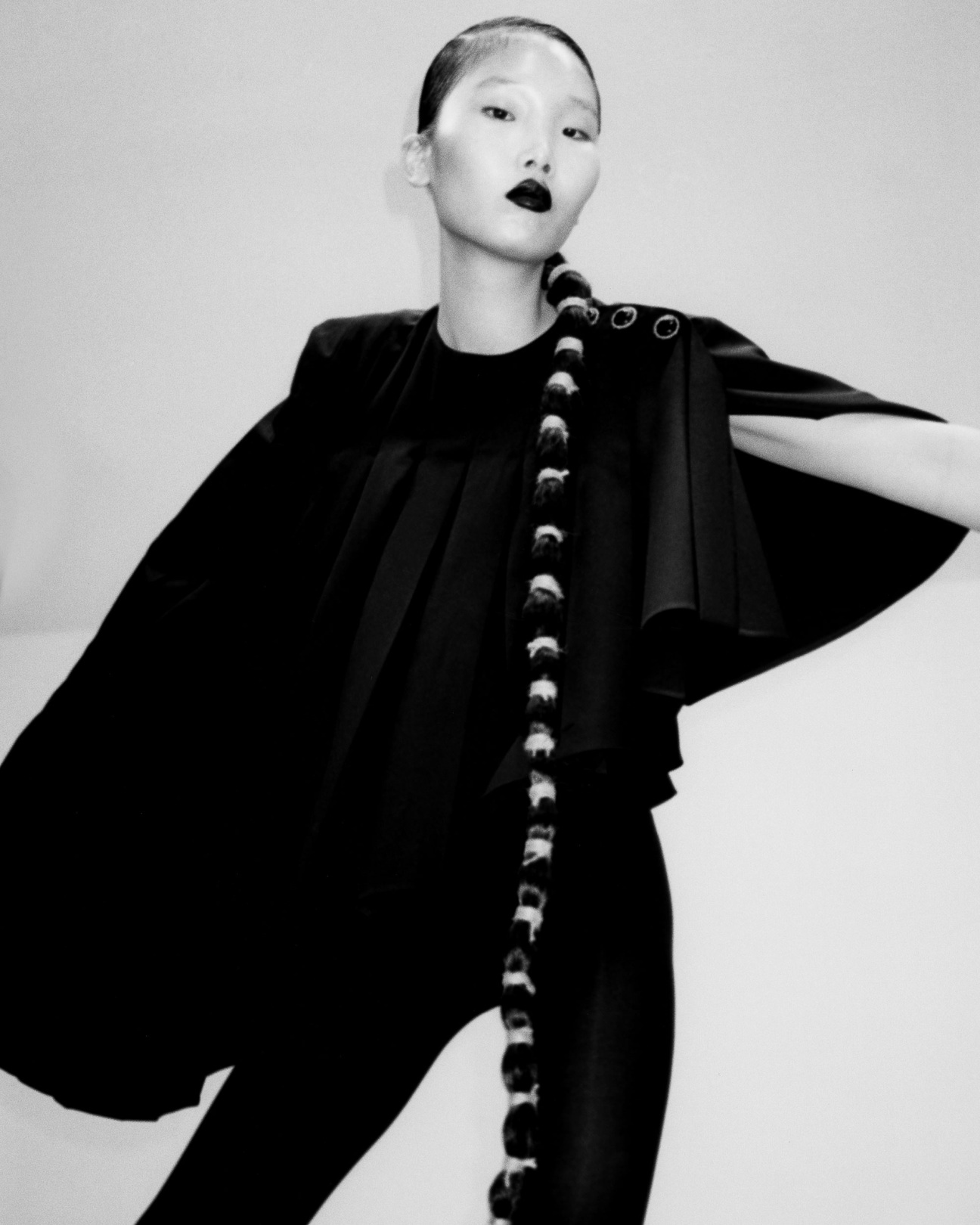
There wasn’t always such plentiful space. Even up until the 2010s, fashion’s way of heralding Asians was by titling them the “first” of a certain descent to walk a runway, open a show or be named creative director for a luxury house. There was, apparently, scant incentive to provide anything more. In 2016, The Fashion Spot released a diversity report stating that, out of 236 spring print campaigns, approximately eight percent of the models were Black, four percent were Asian and four percent were Latino. But since the peak of supermodels like Kimora Lee Simmons, Ling Tan and Jihae, an era when Asian household names were few and far between, photographers, designers, and labor forces alike have advocated for a changing of the guard. In the last decade, the fashion world has gradually seen new leadership hires at magazines, the creation of new talent agencies and funding for designers on the rise. The industry began to look more representative of its consumers and enthusiasts.
The Asian diaspora has shapeshifted in fashion since the ’70s to advance their work and creativity. Thus, it feels right to see AAPI supermodels wearing pieces like those in Louis Vuitton’s Spring Summer 2022 line, a season inspired, says creative director Nicolas Ghesquière, by the idea of vampires traveling through the ages and adapting to dress codes of those eras. Asians have always done this; from Chinese garment workers changing New York labor history to artists using technology to innovate on garment techniques such as pleating, they have floated through fashion’s constructs of time and space to assert themselves as vanguards in the industry.
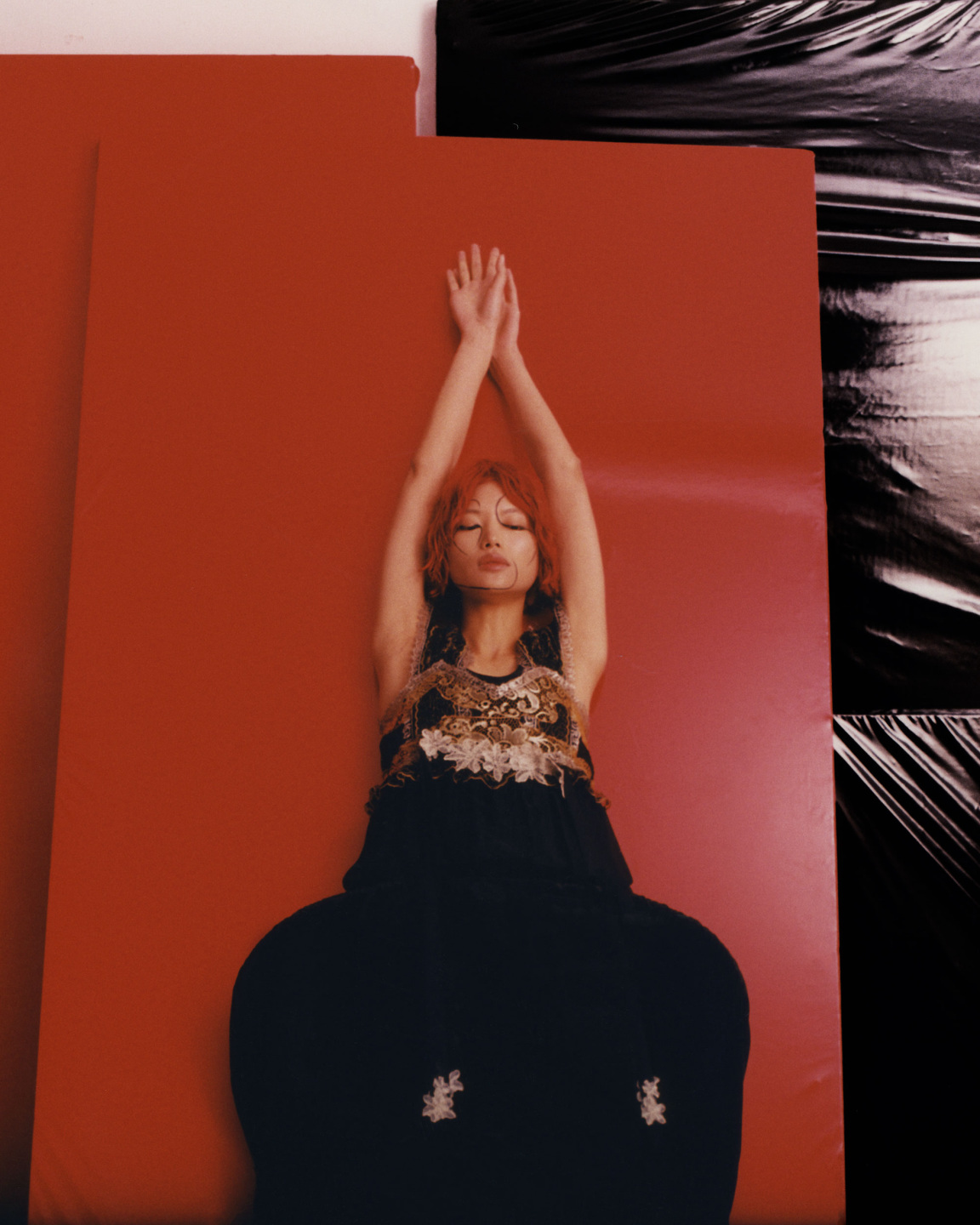
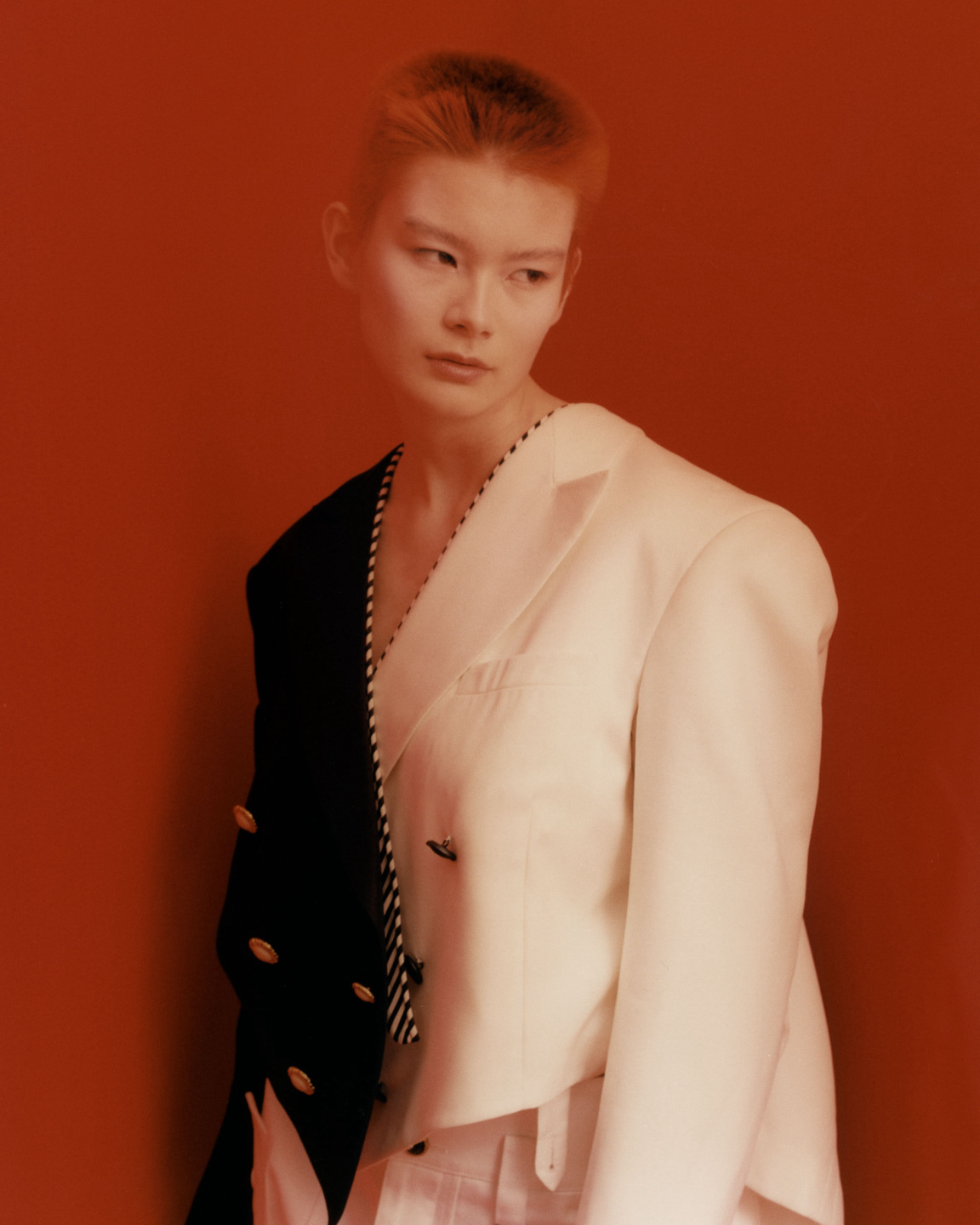
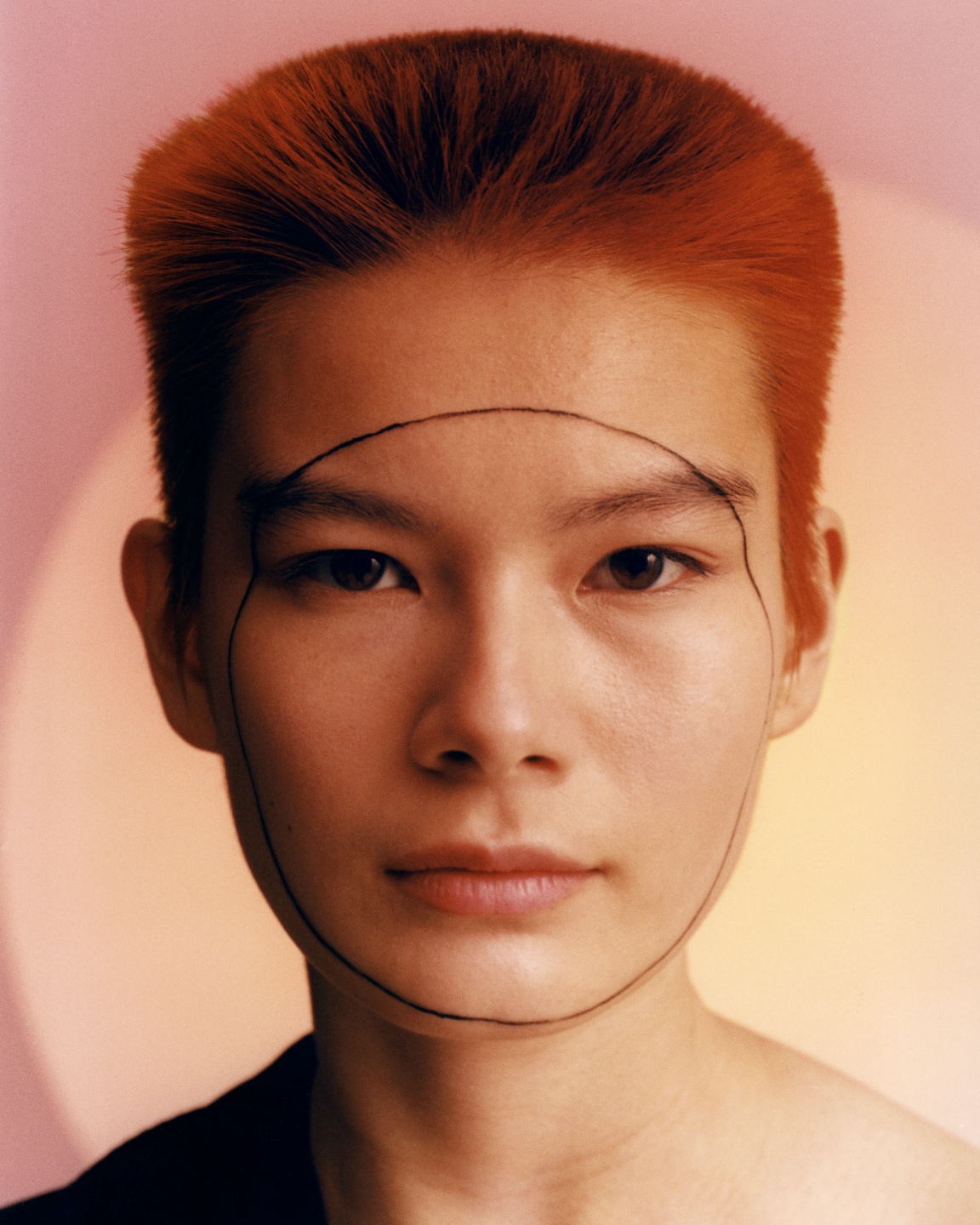
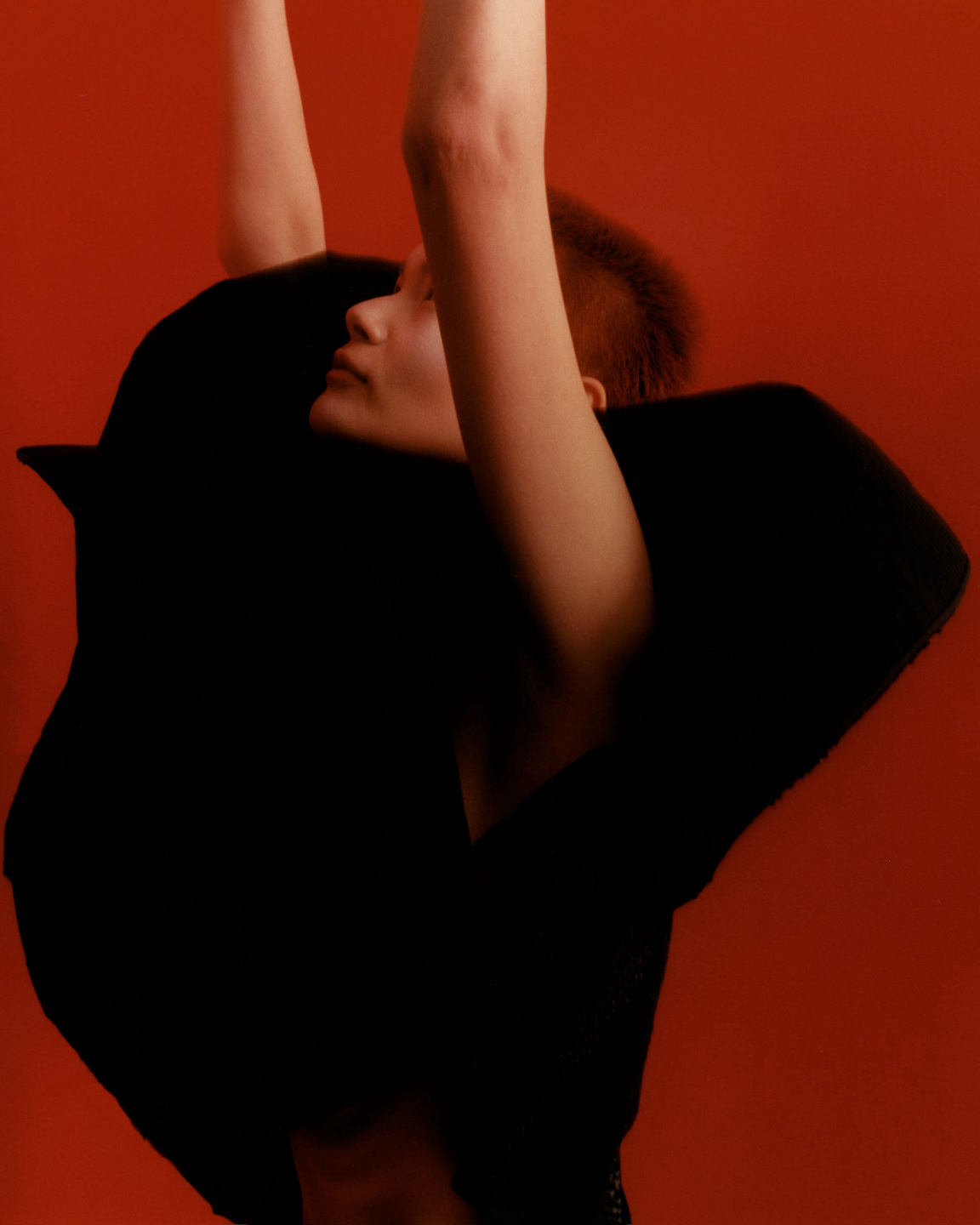
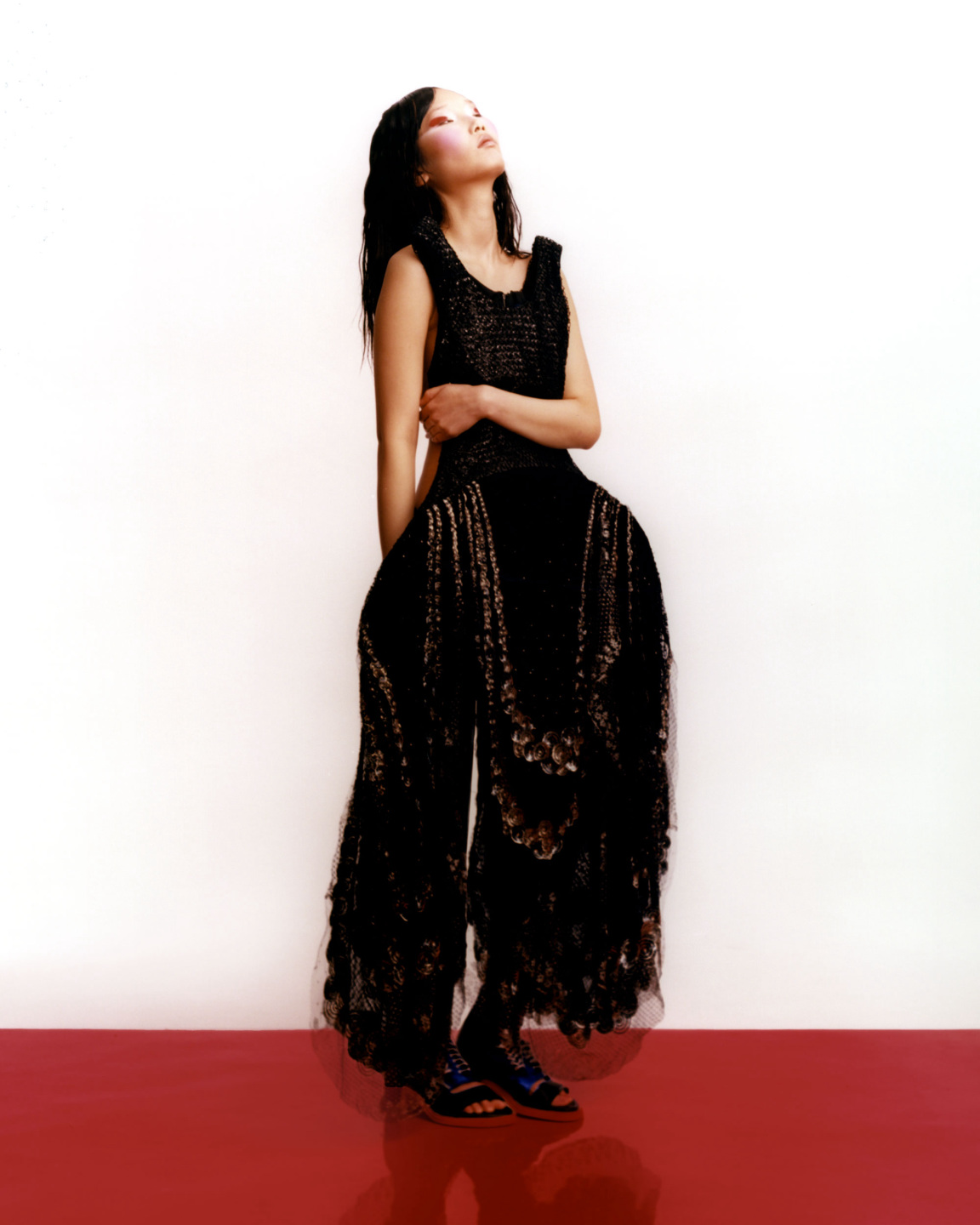
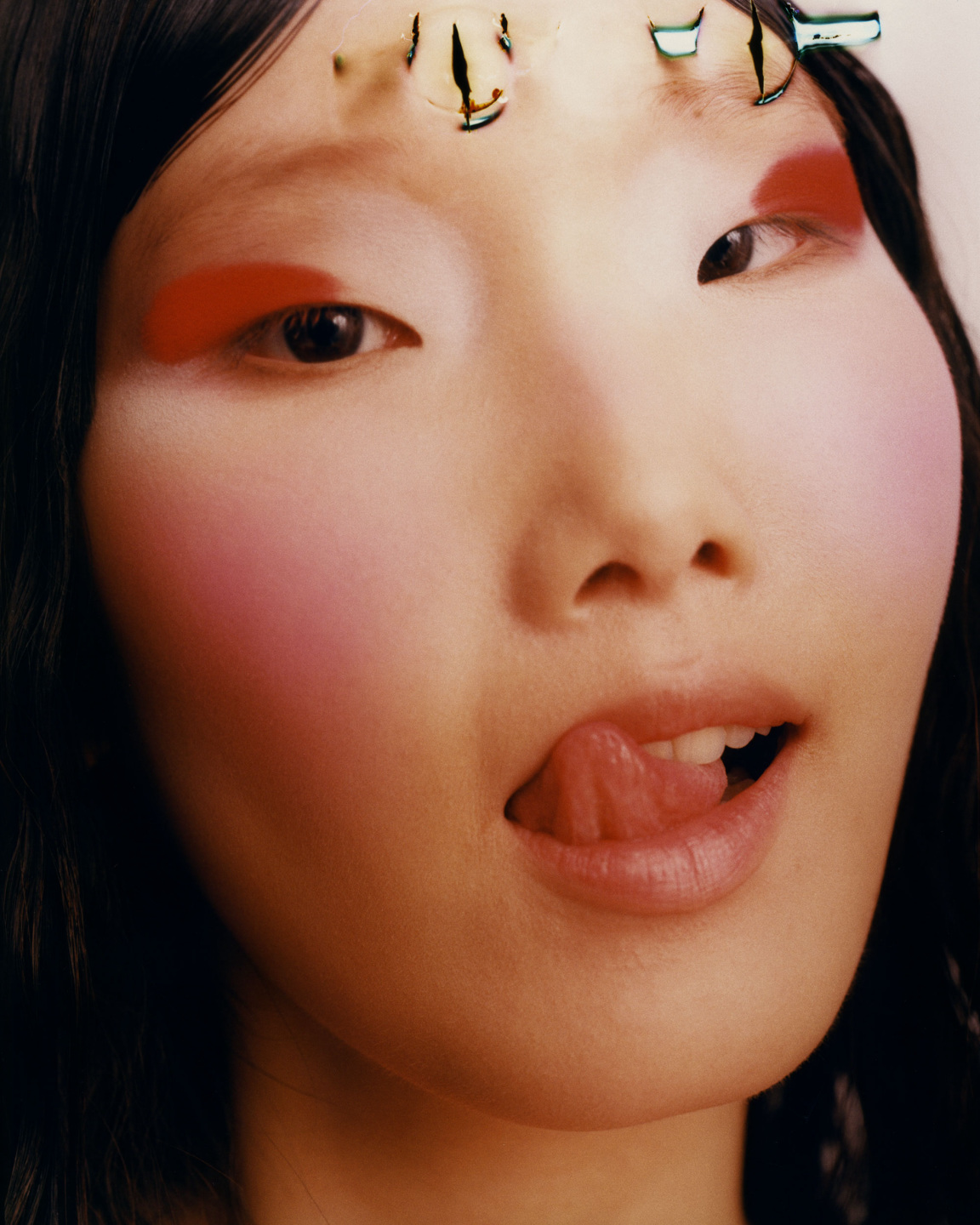
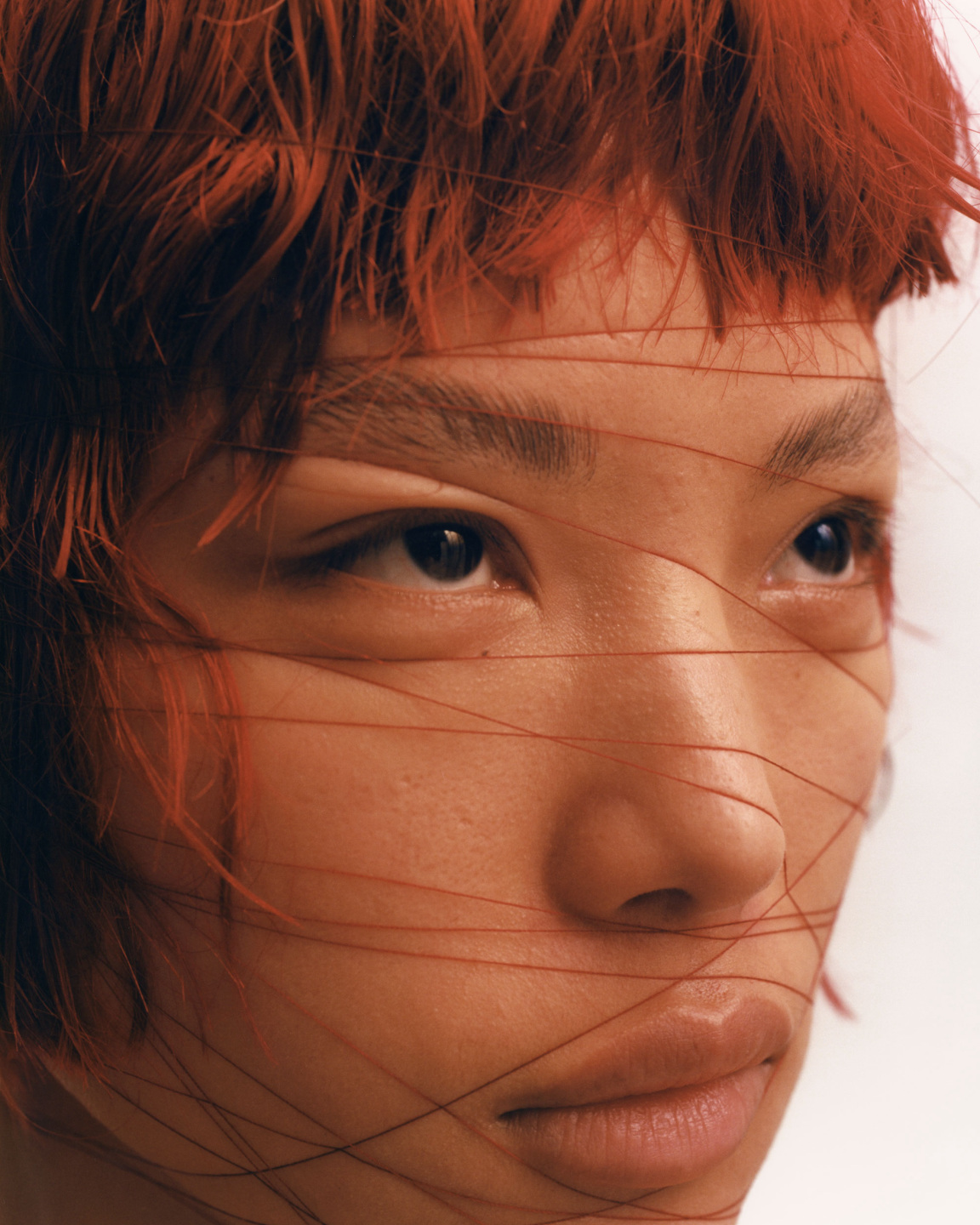

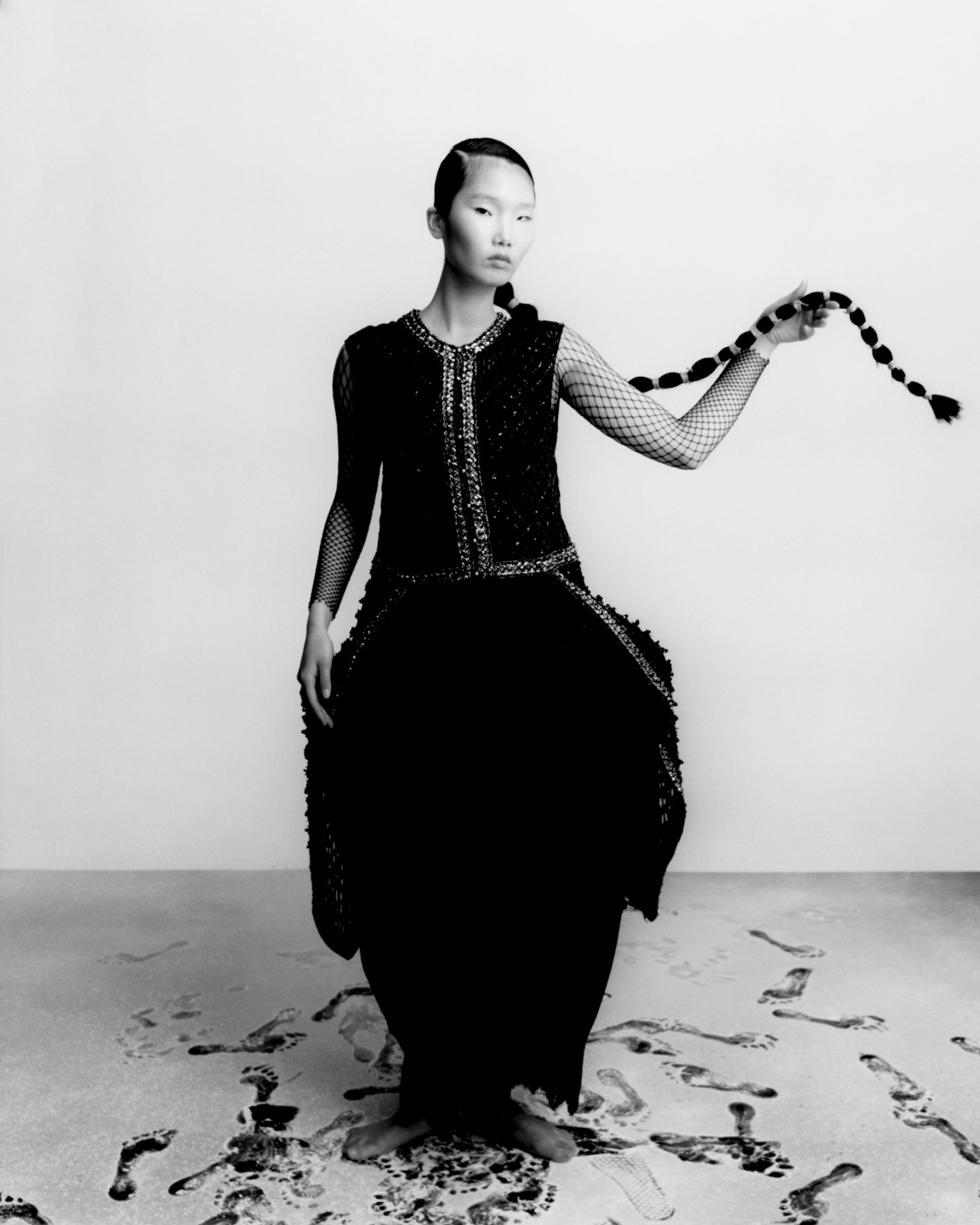
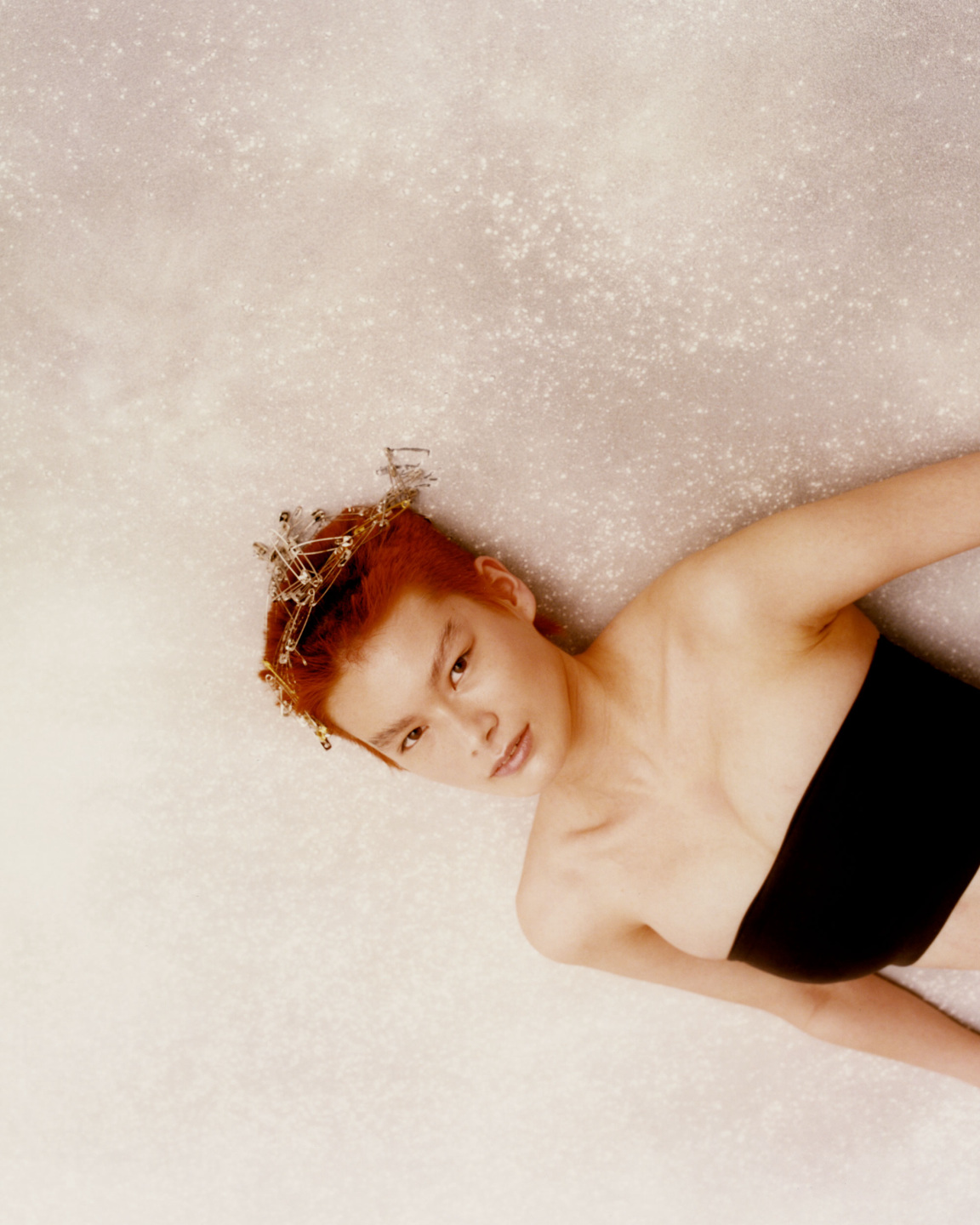
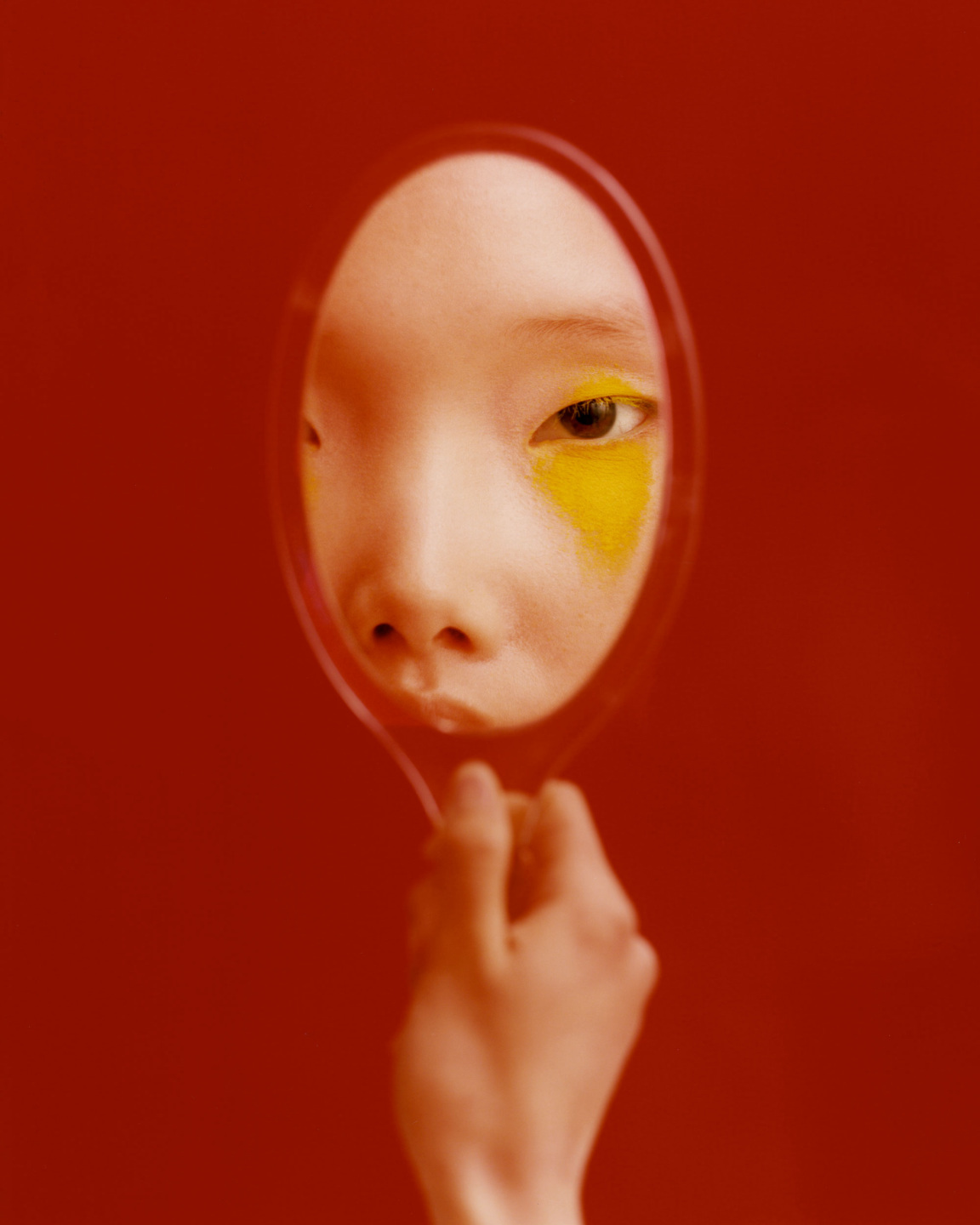
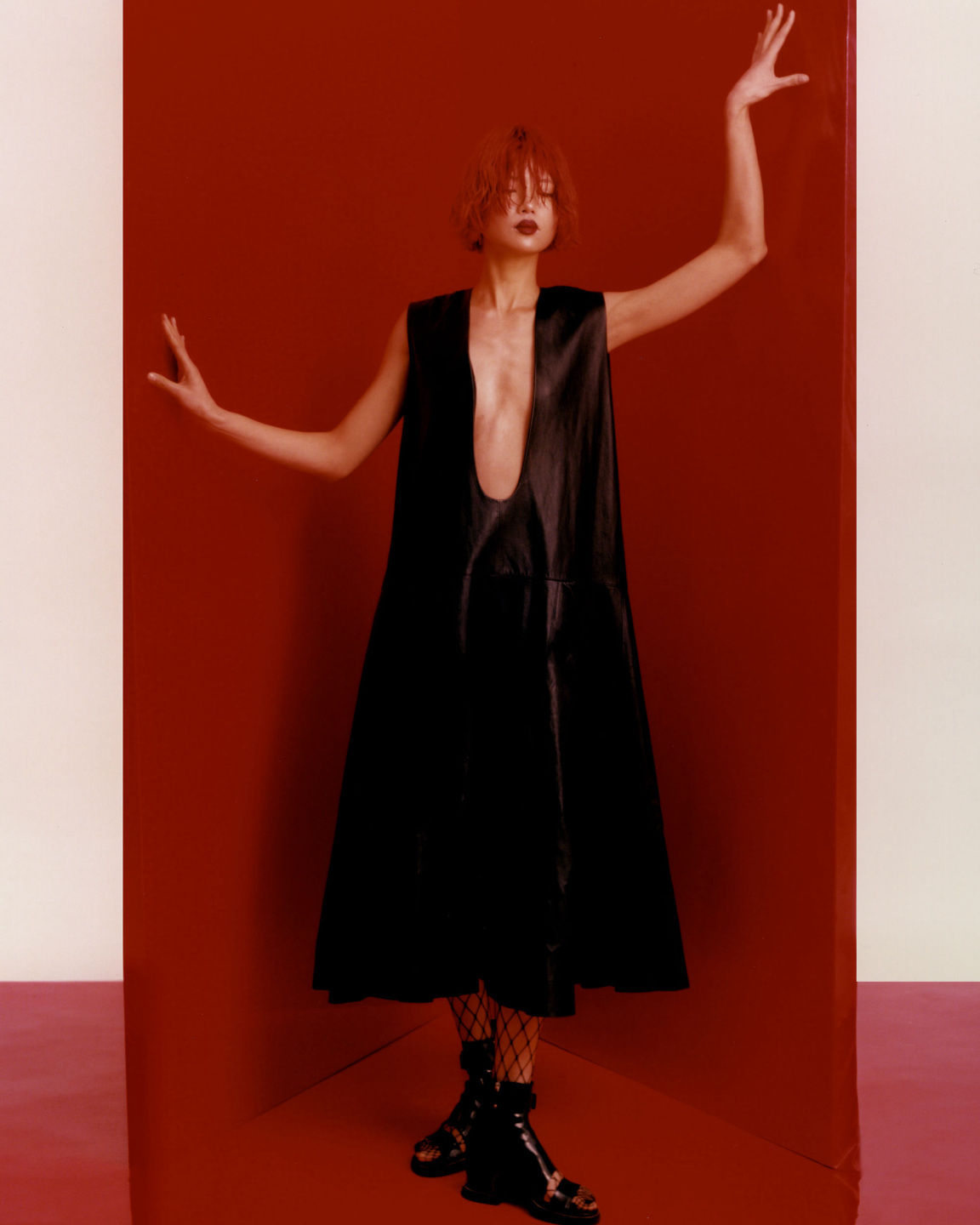
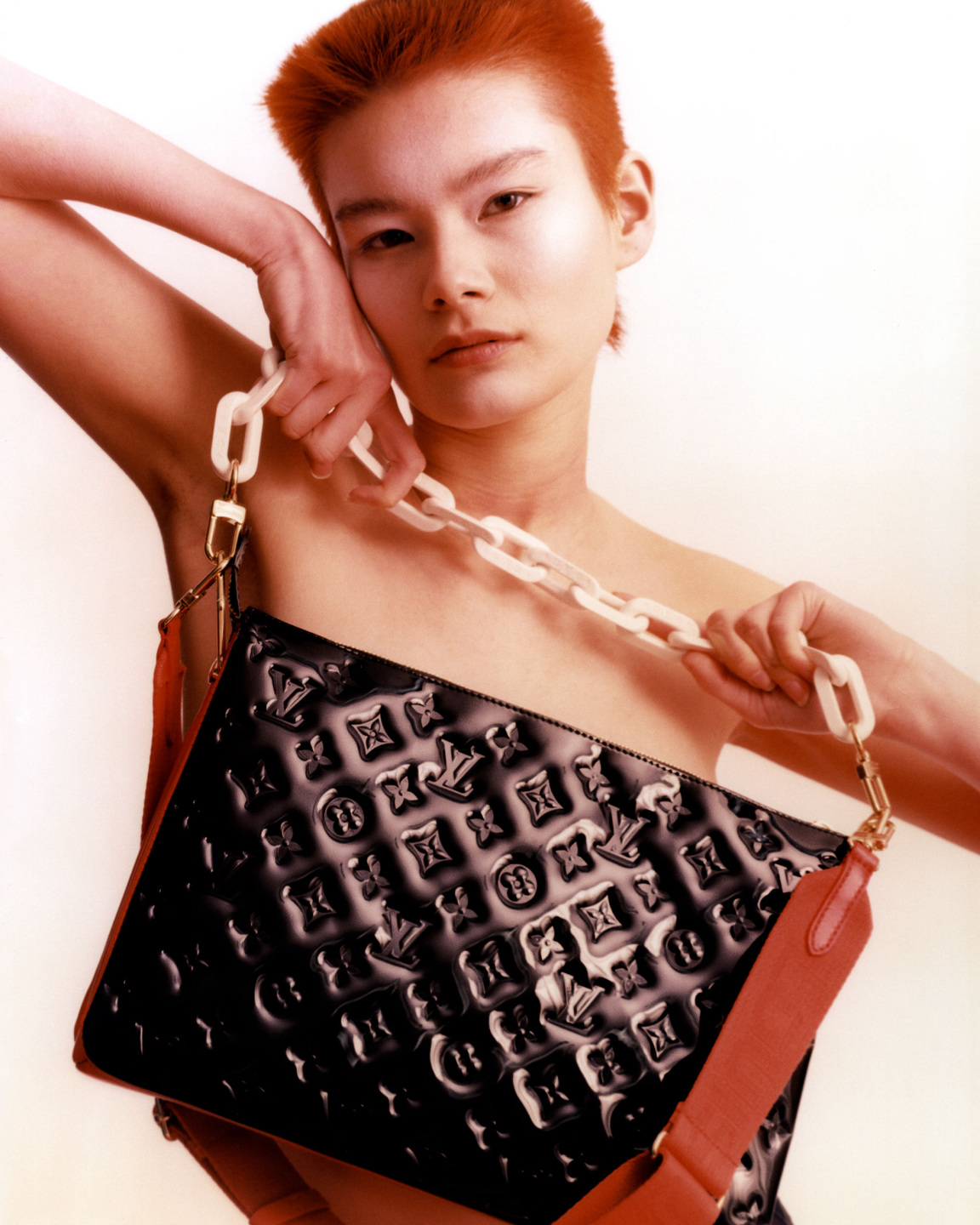
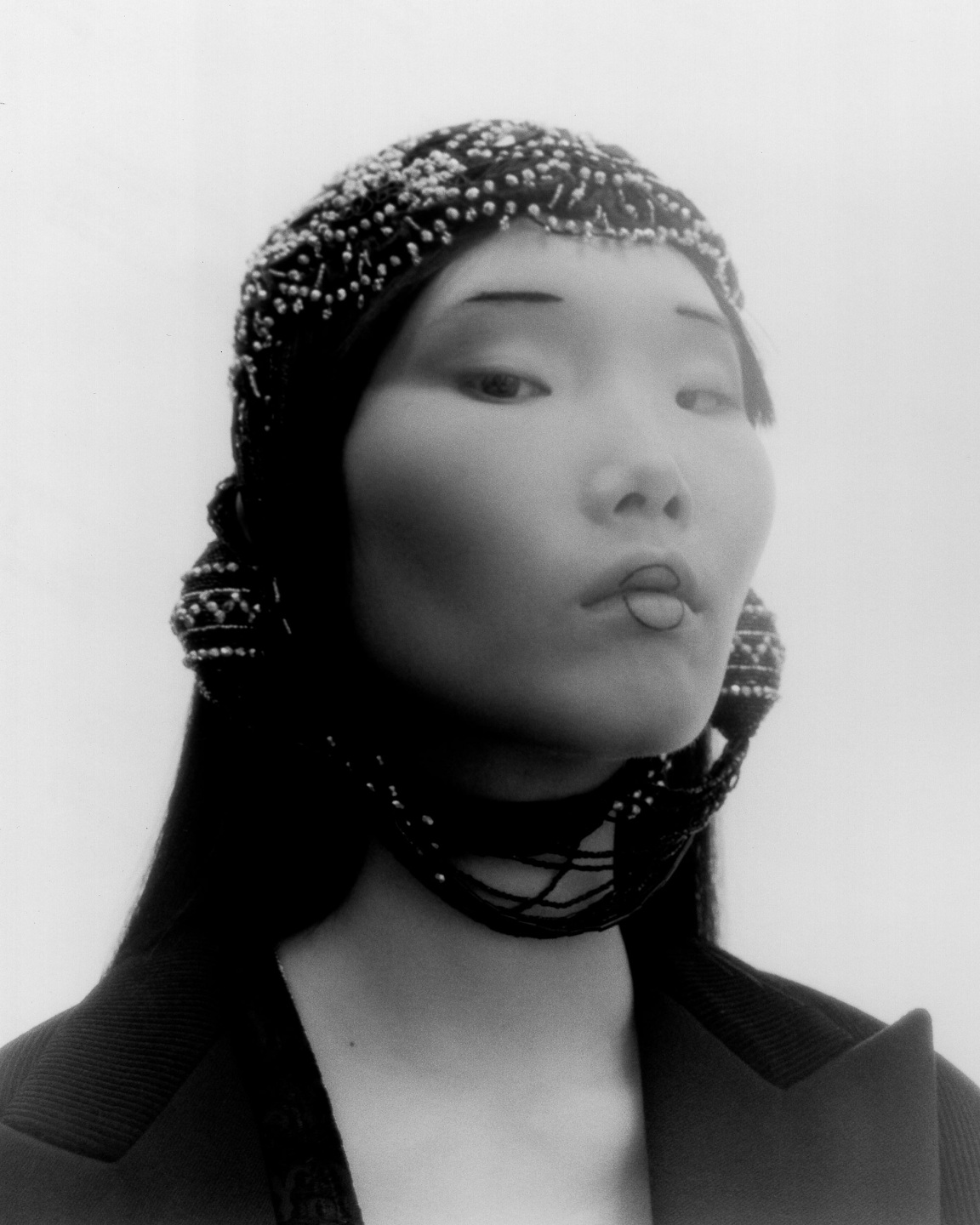
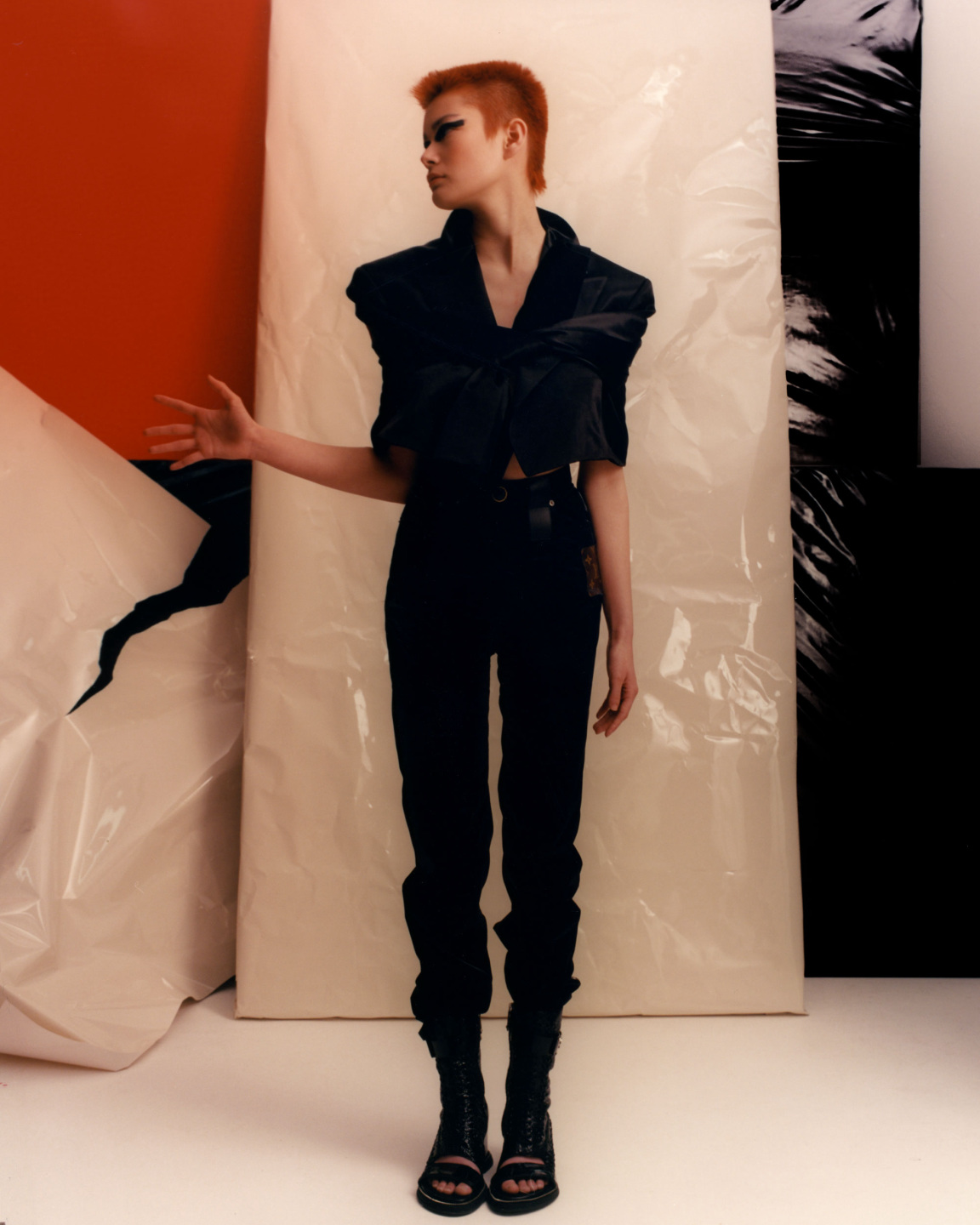
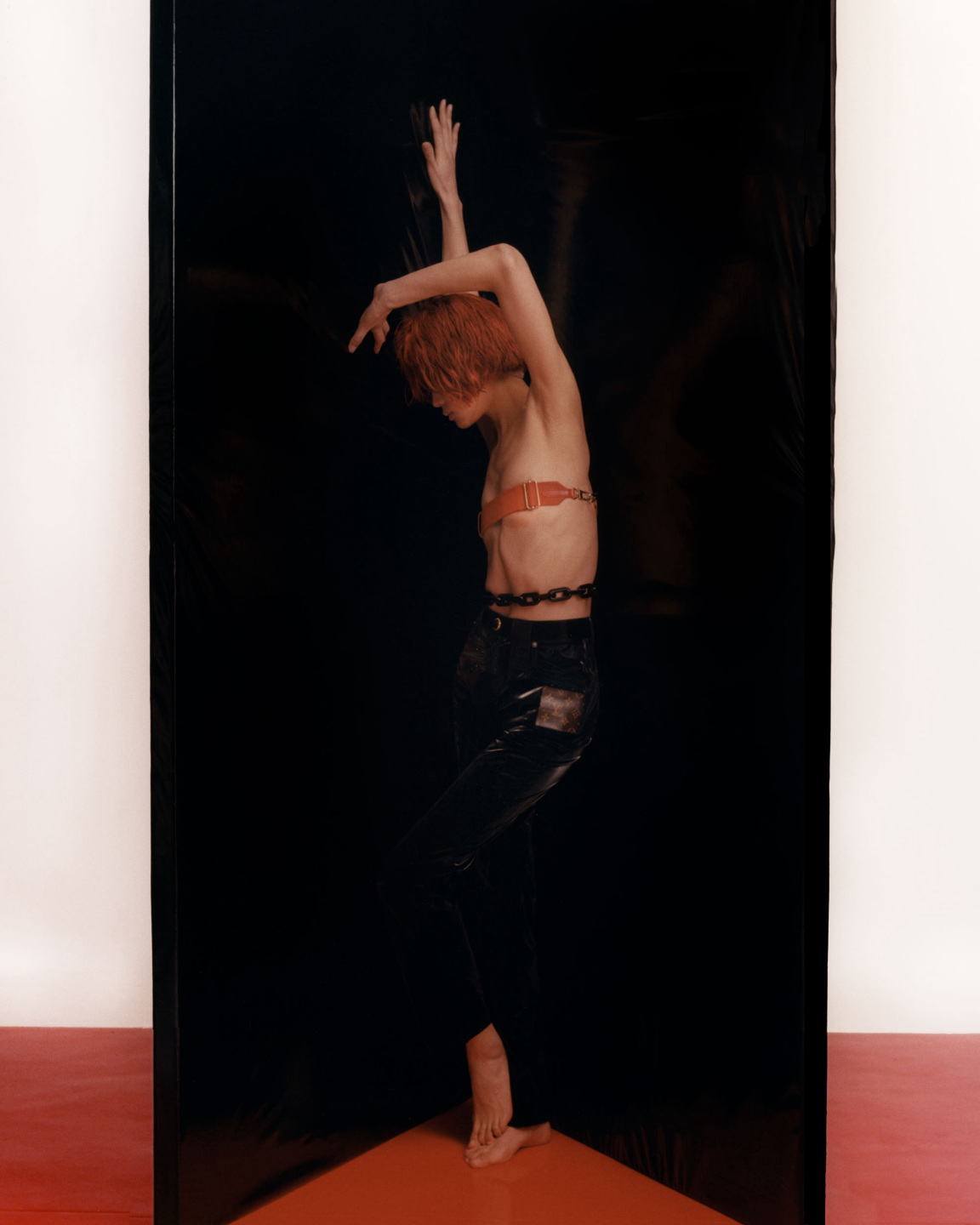
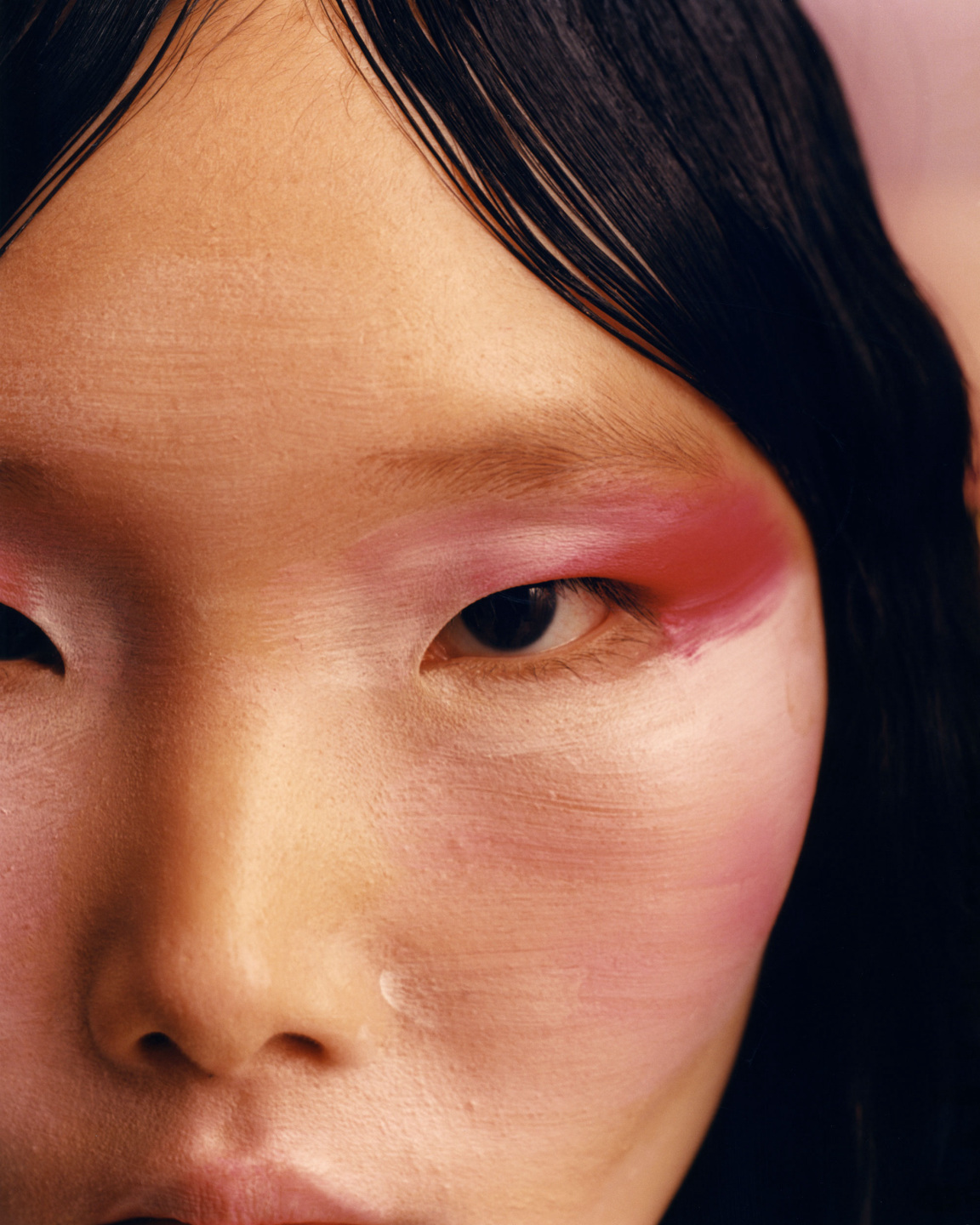
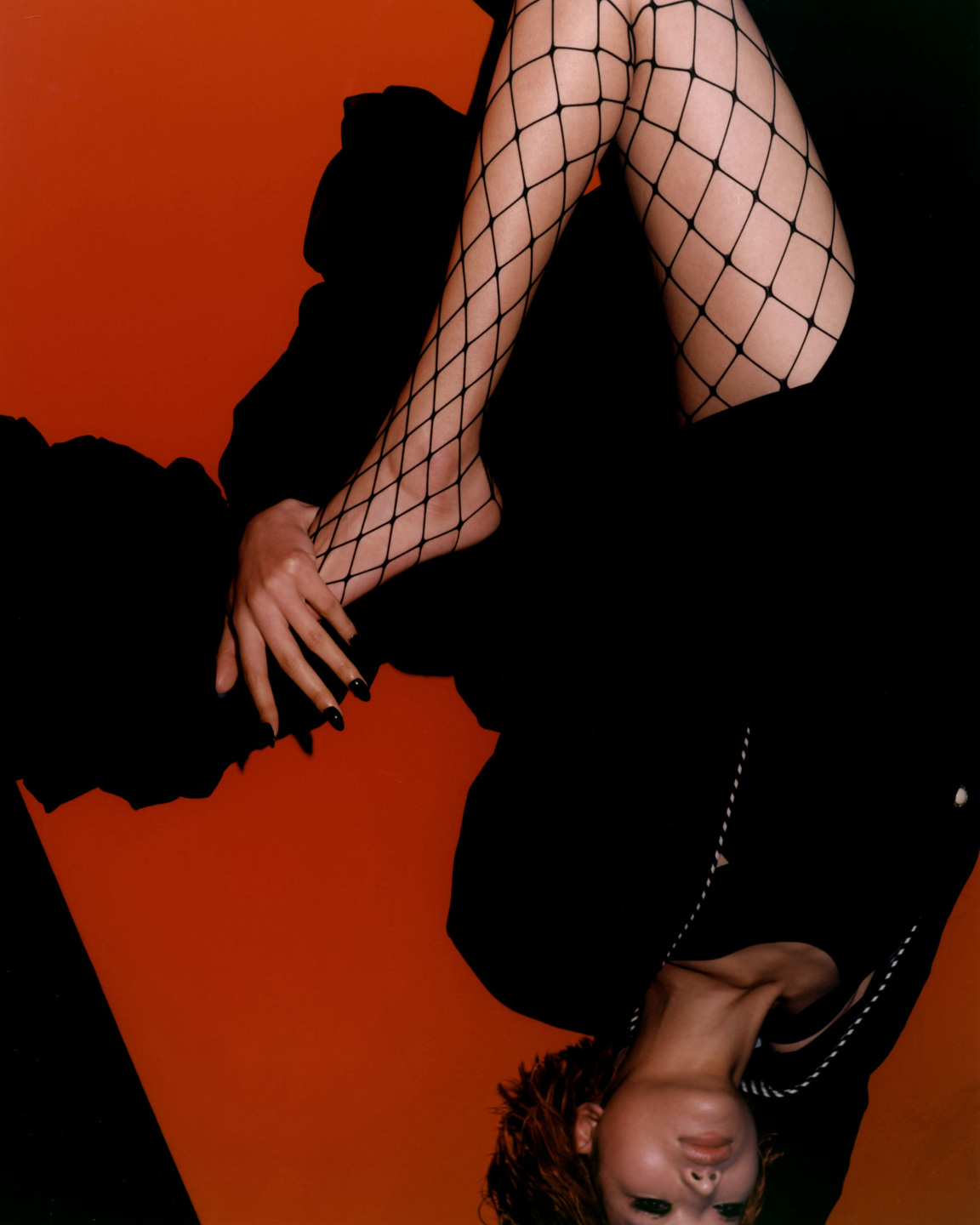
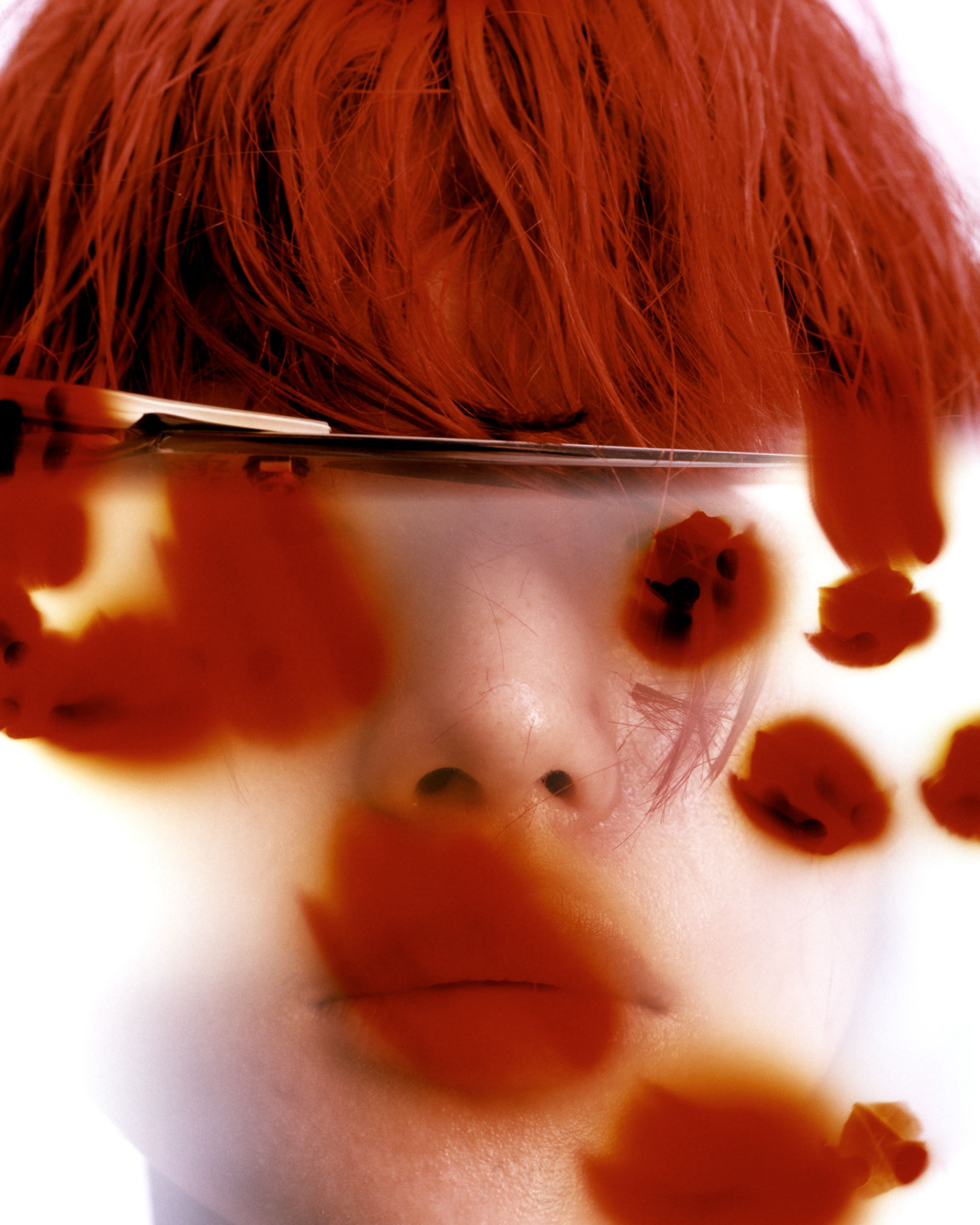
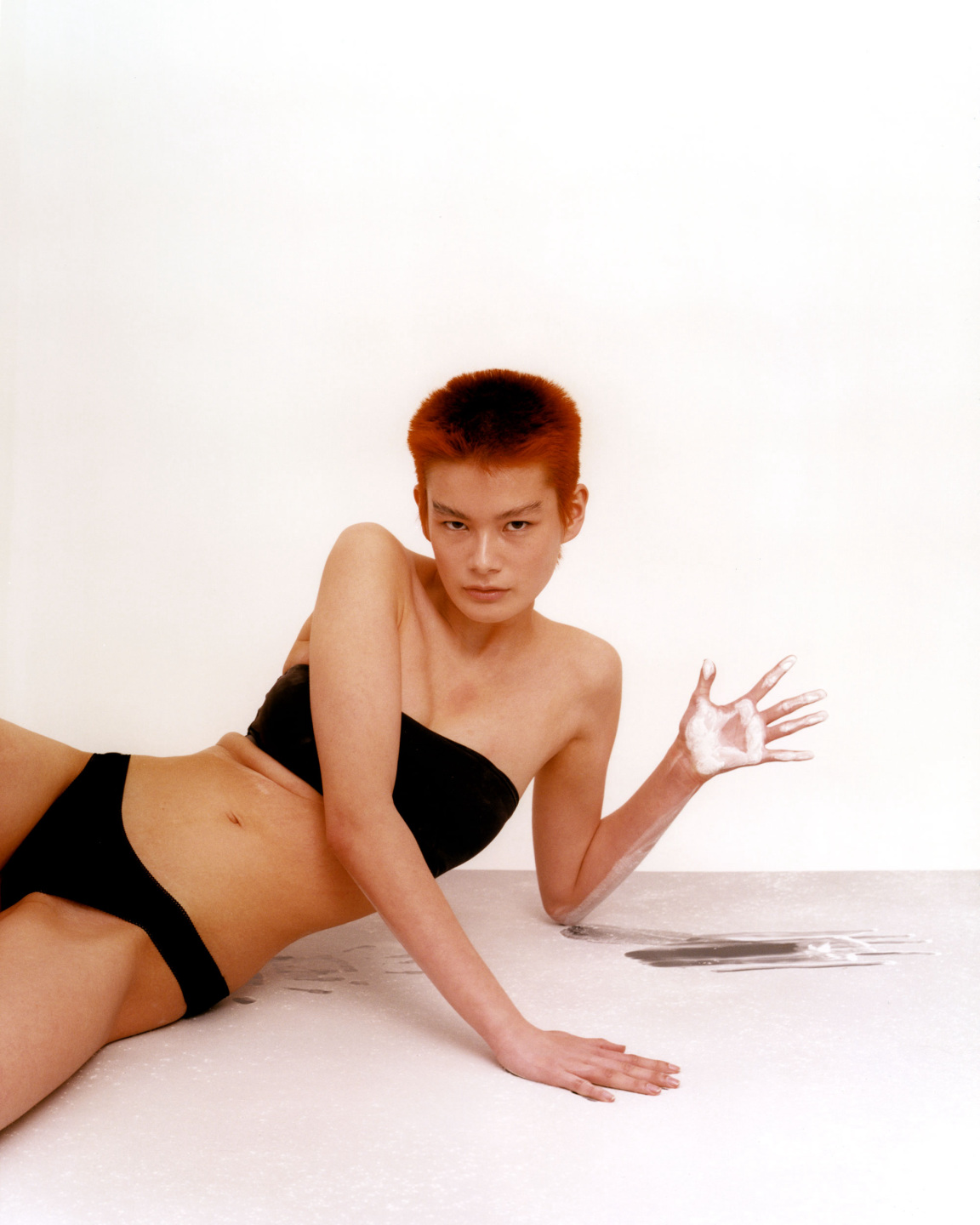
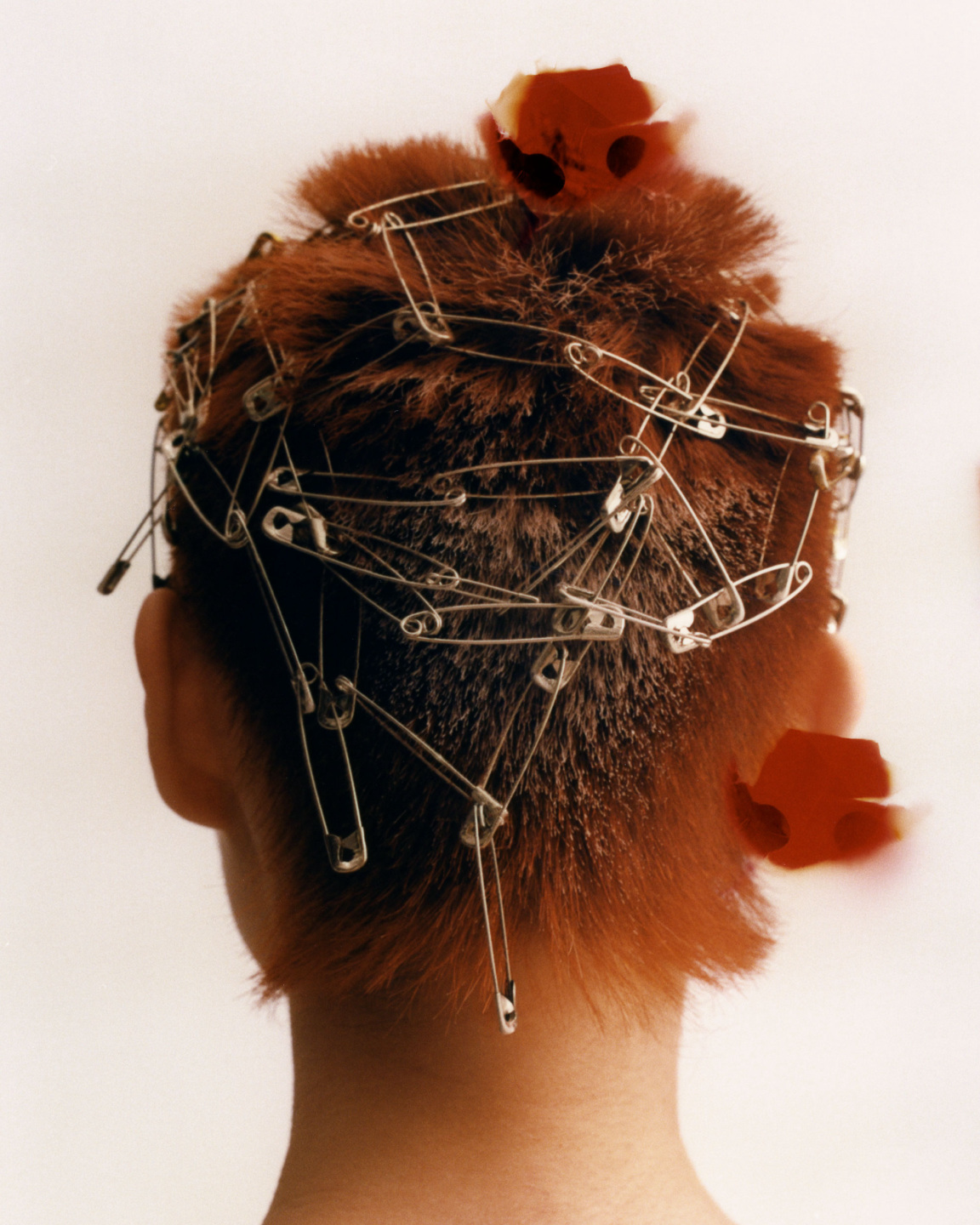

In May 2021, Washington Post Magazine’s Robin Givhan profiled several up-and-coming models about representing themselves in a modeling world that is starting to empower people of color. Titled “We Are All Models Now,” the report ends with a powerful insight: “Everything about modeling today is a political act. Sometimes it’s a laborious protest of rigid tradition […]. But often, it’s simply a joyful declaration that we all should be able to participate in the fizzy aspects of life.” The gestalt of the fashion industry would be devoid of such joy if it weren’t for those behind the scenes, whose creative talents and voices have long been ready for the runway.


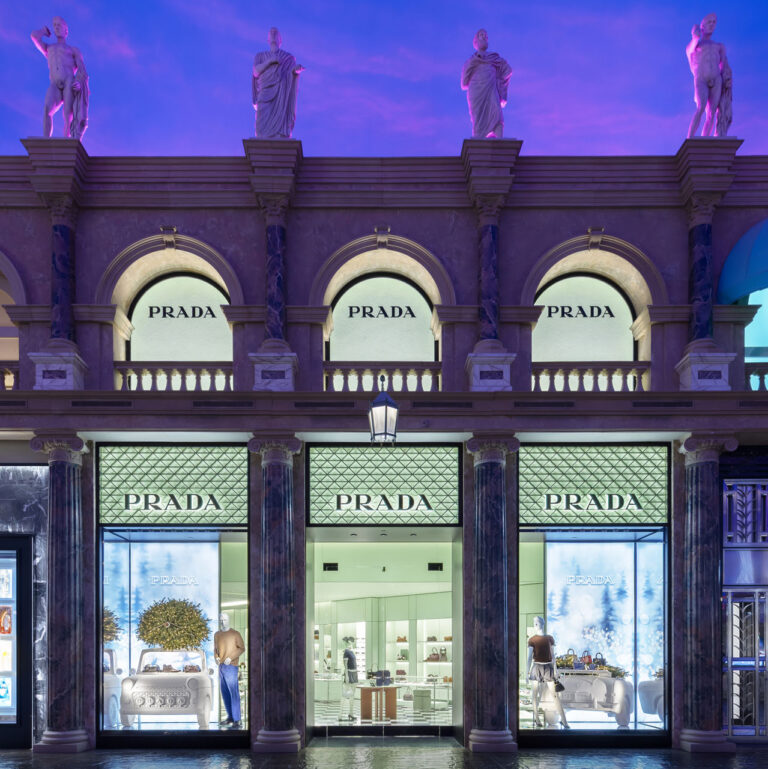
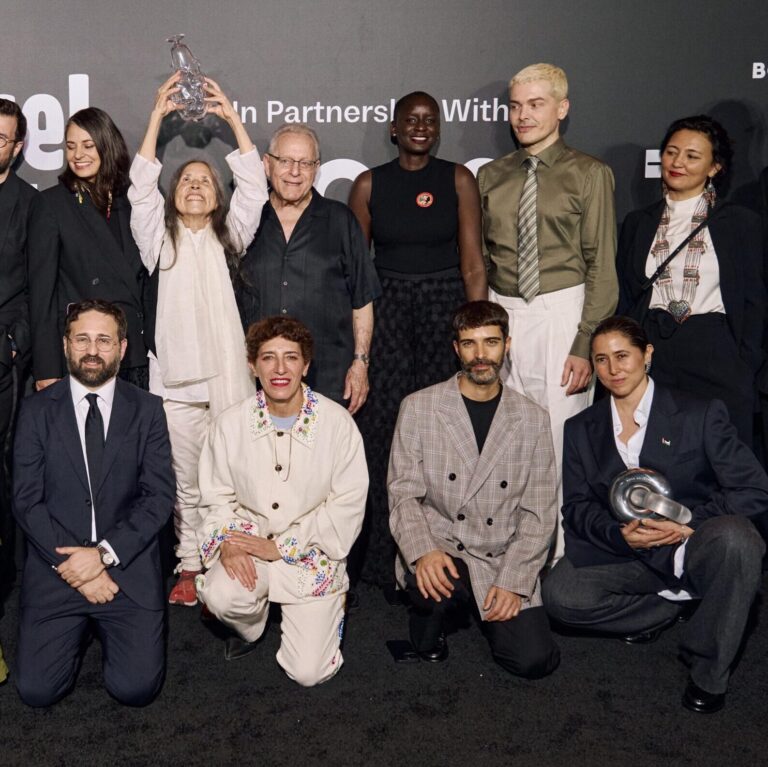


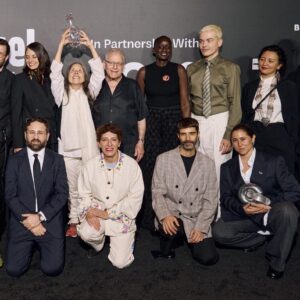



 in your life?
in your life?

